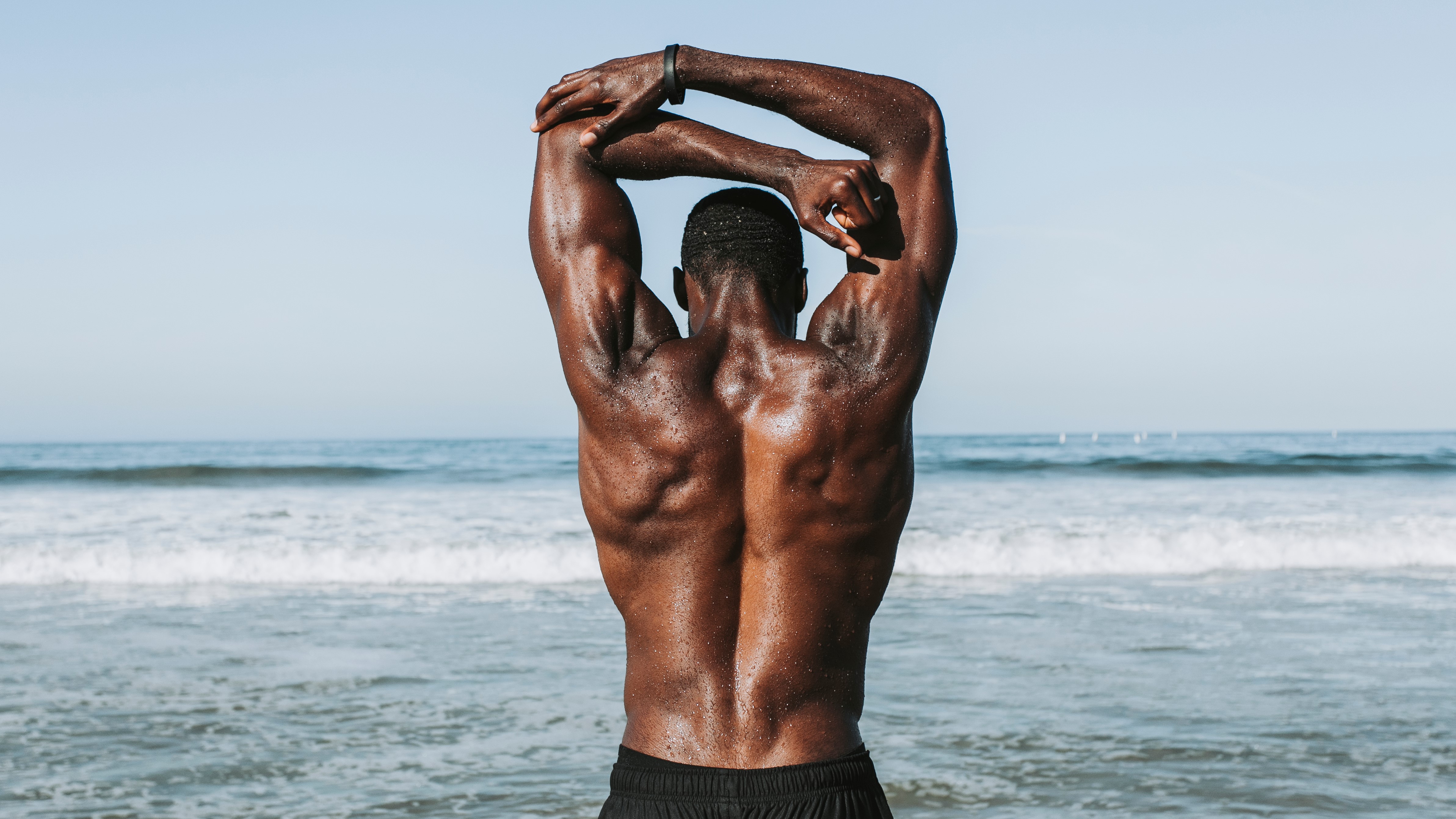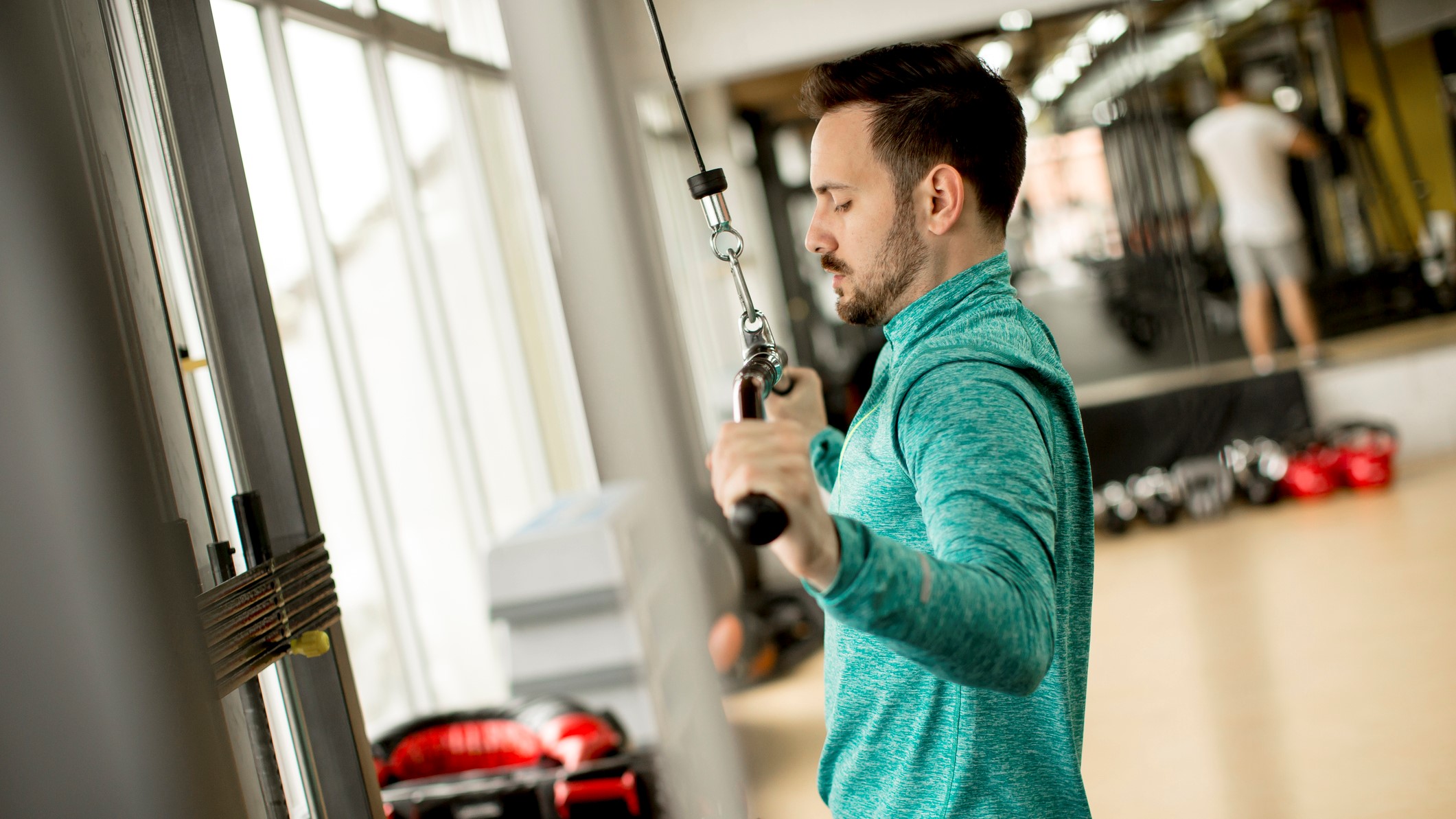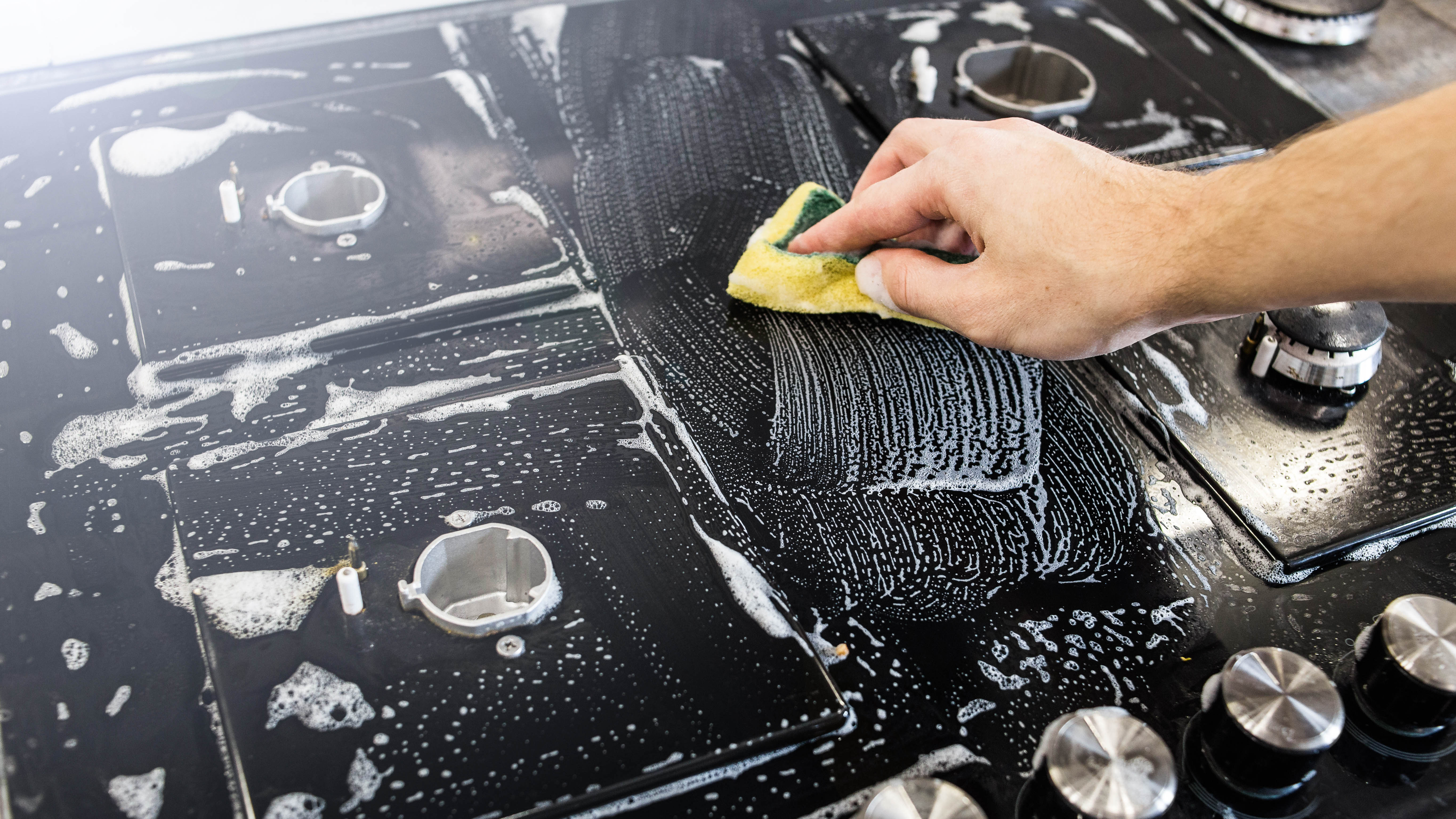How to do lateral pulldowns — form, benefits, and modifications
Here's how to do it with the correct form

When it is time to hit those back muscles, you’ll want to opt for this gym staple. Lateral pulldowns are one of the best ways to strengthen the latissimus dorsi or the broadest muscle in your back. You’ve probably seen other gym-goers attempting lateral pulldowns, and now is your chance to receive the benefits of this favorite exercise.
If you’re afraid to look like a gym newbie or don’t know how to properly execute a lateral pulldown, we have you covered. Keep on reading to fitness experts and trainers to get the latest guidance on how to do lateral pulldowns, benefits, proper form, and the different variations you can try.
How to do lateral pulldowns
To do a lateral pulldown, start by sitting down on the seat and have your palms facing away from you as you grip slightly wider than shoulder-width. Make sure you lean back slightly to maintain core engagement.
“Begin the pulldown motion by bringing the shoulder blades away from the neck and towards the spine. You should feel a contraction with the muscles under the armpit that wrap towards the spine. Pull to around chin level or slightly lower about an inch in front of the nose,” says Nikki Gnozzio, personal trainer and founder of Junction Bodyworks. “Control the weight back to the top position. Try to keep the body as still as possible other than the arm motion. Try to inhale while you’re pulling the weight downward so you can expand the chest and exhale as you bring the weight back up.”
Now that you know how to do lateral pulldowns, it’s important to make sure you have the proper form. Like many other exercises (lateral squats, plank jacks, kettlebell swings, etc.), you want to make sure you’re activating the right muscles.
“Focusing on pulling from the elbows engages the back muscles vs the arm muscles,” says Raphael Konforti, senior director of fitness for YouFit Gyms. “As the elbows move the shoulder blades should also move rather than staying stationary.”
When it comes to gripping the bar, you’ll also benefit more from having a lighter hold. “Having an overly tight grip causes many people to use their arms more than back to move the weight. Focus on a full range of motion stopping the elbows just short of locking out at the top and pulling the elbows all the way into the ribs keeping them perpendicular to the floor,” says Konforti.
Sign up to get the BEST of Tom's Guide direct to your inbox.
Get instant access to breaking news, the hottest reviews, great deals and helpful tips.
Common form mistakes during lateral pulldowns
Proper form is essential to receiving the maximum benefit of any exercise including lateral pulldowns. It’s normal for your form to be a little off-kilter if it’s your first time doing the exercise, but here are some common mistakes made during lateral pulldowns you can look out for the next time you hit the gym.
“The most common mistake many people make with this movement is passively pulling the bar down without setting the shoulder blades,” says Josh Honore, NASM-CPT, Row House and STRIDE XPRO for Xponential+. “A key identifier of when this is occurring is when we see excessive internal rotation, or shrugging, of the shoulders at the bottom of the movement.”
To fix this, set the shoulder blades down and back and feel the target muscles contract at the very start of the movement and make sure you feel that tension throughout the entire range of motion.
Another common form mistake with lateral pulldowns happens from leaning back too far. “This is usually a symptom of too much weight on the stack and too much ego in the gym to begin with,” says Honore. “Lowering the weight for a more controlled and quality contraction is always a smart move with nearly any exercise.”

What are the benefits of lateral pulldowns?
But what muscles are you targeting as you lateral pulldown? You’re targeting the latissimus dorsi (aka the lats), lower traps, biceps and forearms according to Konforti.
“Lateral pulldowns are great for back development when done properly,” Gnozzio says. “They also help to bring balance to the body as most of our day is pushing things forward or controlling with our pecs.”
What are the different variations to try?
To get more out of lateral pulldowns, you can try different bars, grips and tempos.
“Using a V bar or inverting the grip to palms facing you will target your biceps more,” says Gnozzio.
Konforti adds that a wide grip engages more of the upper lats whereas an underhand grip engages all of the lats putting more emphasis on the lower lats.
When it comes to speed, try switching it up. “Slowly letting the bar raise back to its start position will be slightly easier than the pull down phase and can be used to help focus on proper shoulder posture,” says Gnozzio.
Looking for more workout inspiration? We’ve found the best ab workouts on YouTube to try right now, as well as the best resistance band leg exercises to try, and the best exercises to do if you’ve been sitting down all day. Fed up with push-ups? Try these 5 variations on chest day.
Casey Clark is a New York City based freelance writer who specializes in beauty, fashion, and lifestyle content. Casey's work has been featured in Women's Health, SELF, Shape, Forbes, Cosmopolitan, etc. When she's not writing, you can find her swatching the latest lipsticks or out to brunch with her girlfriends.


